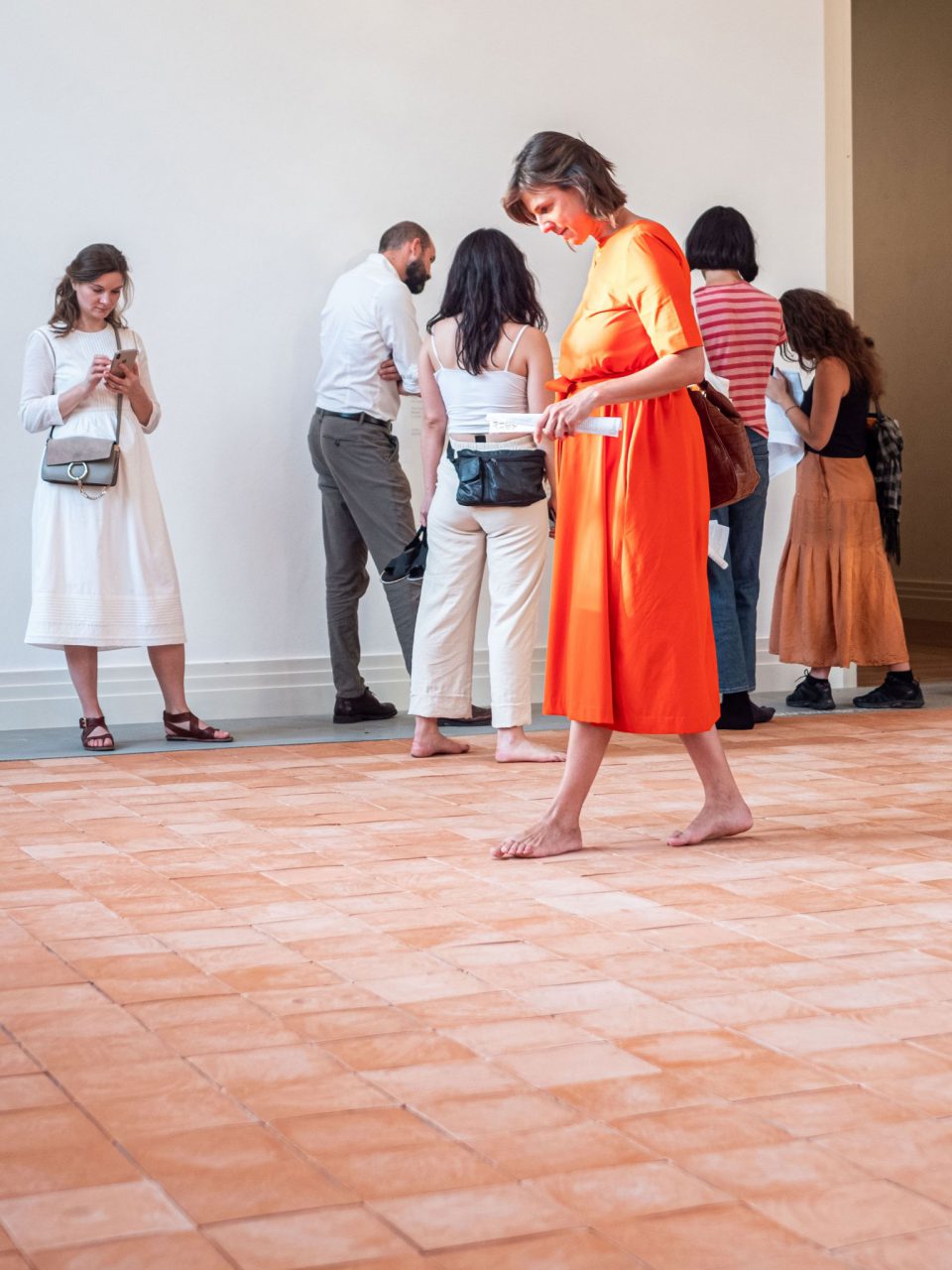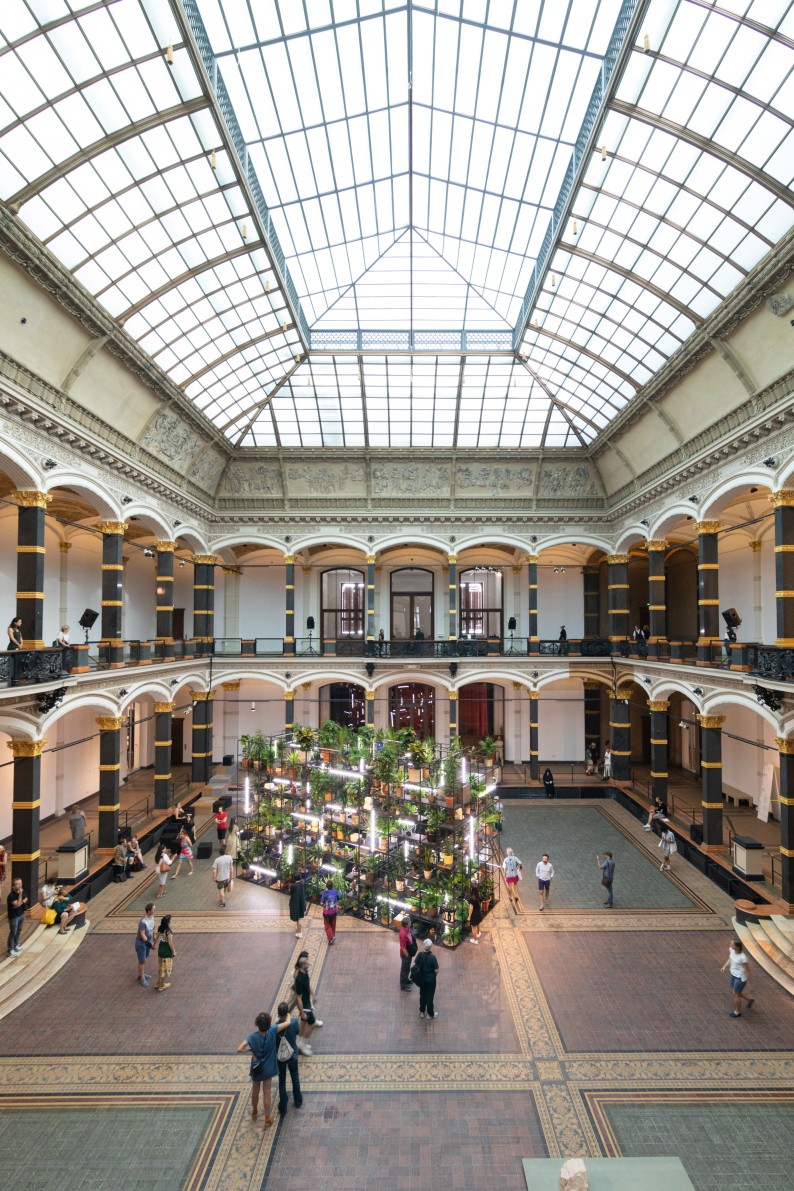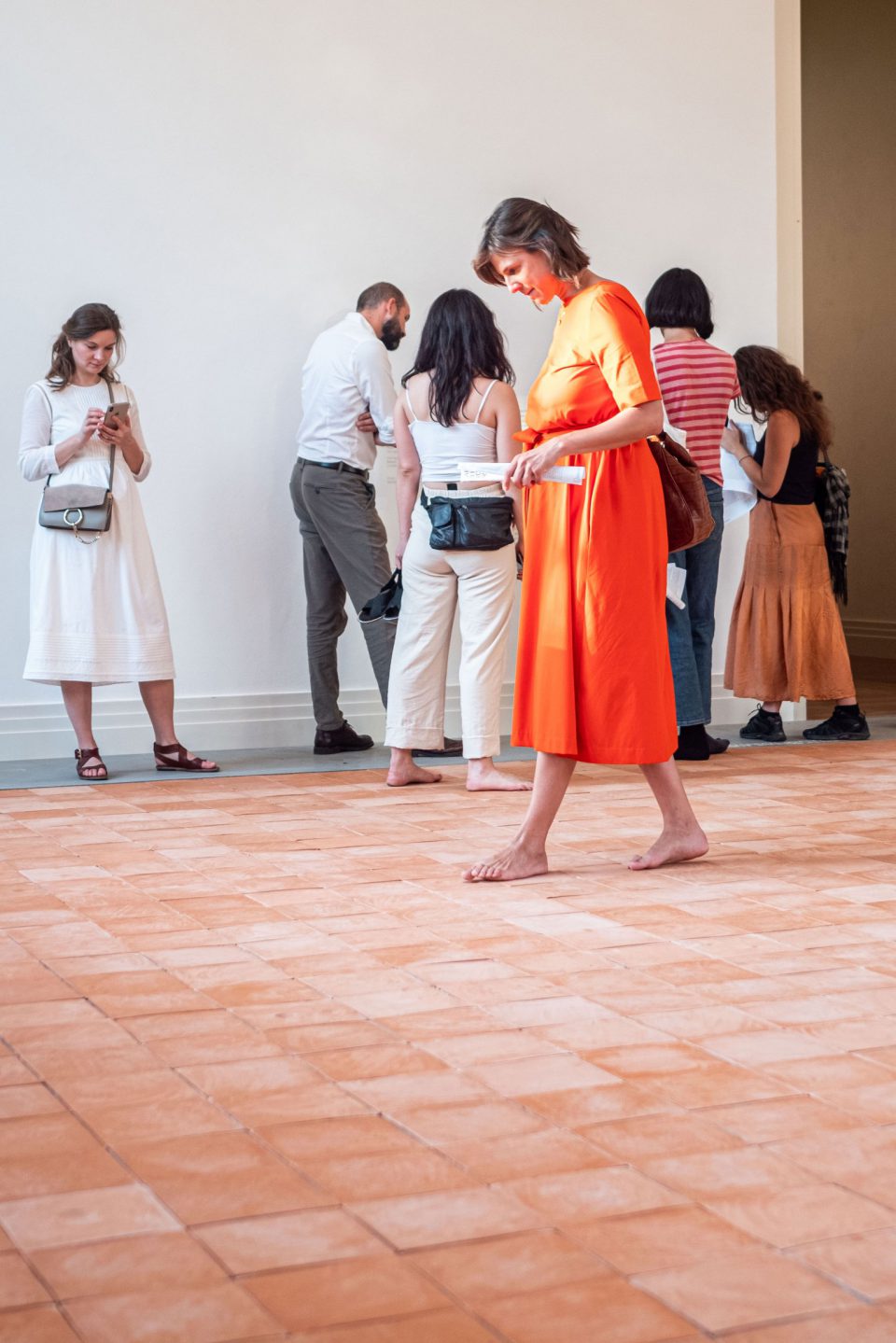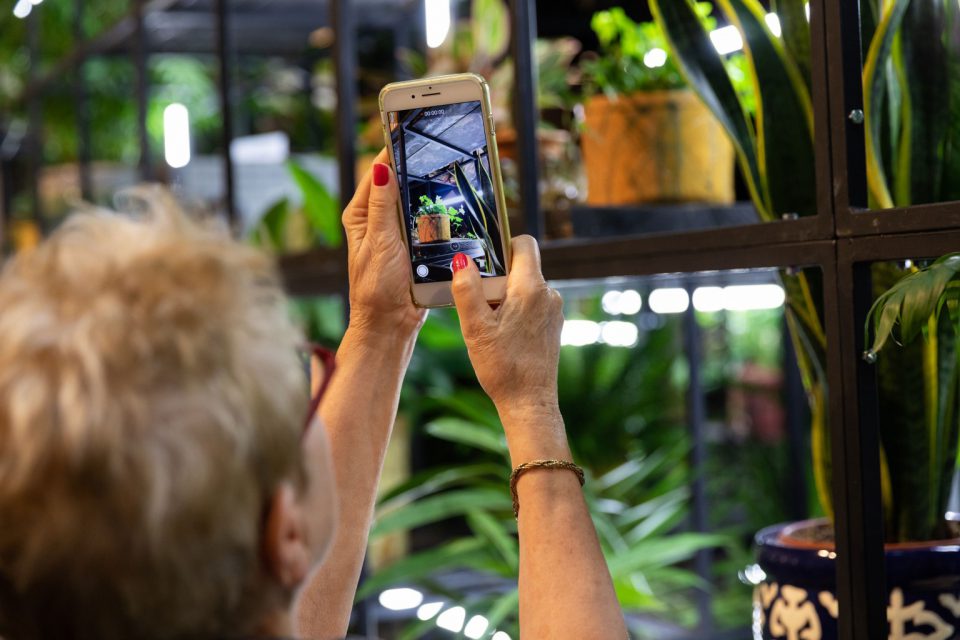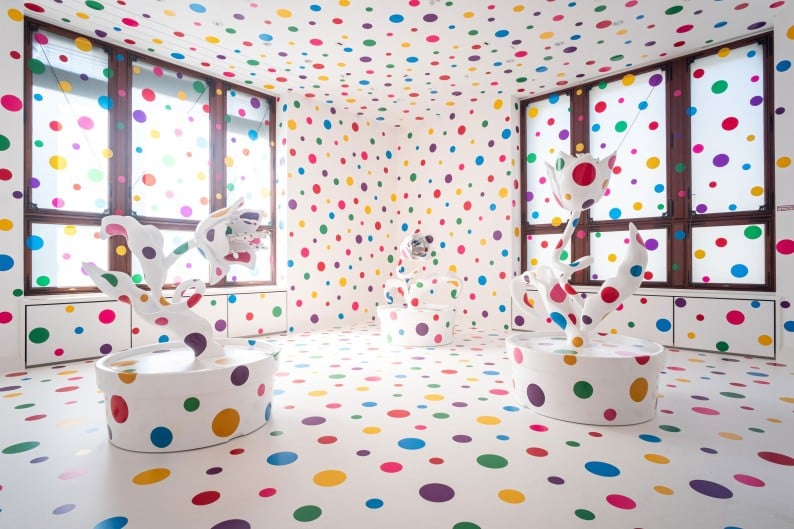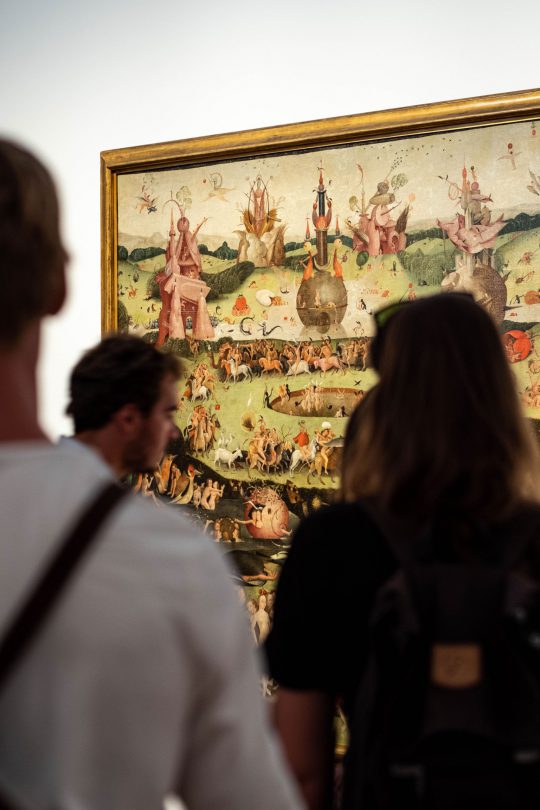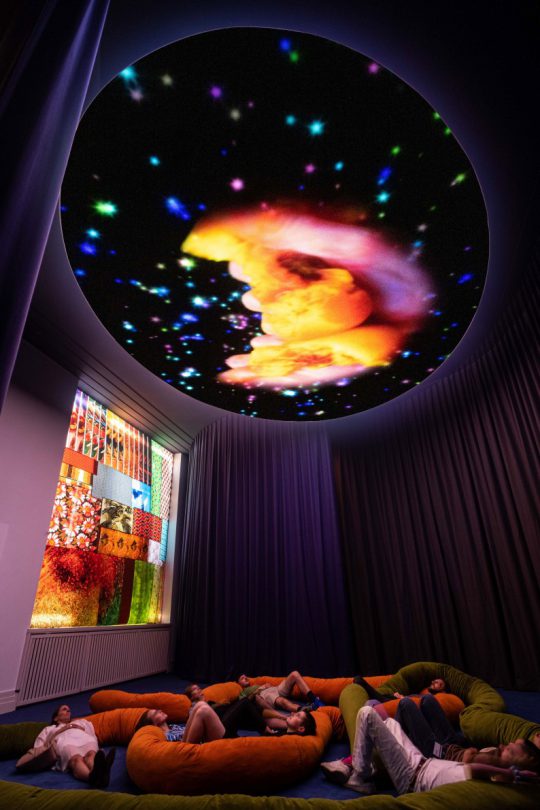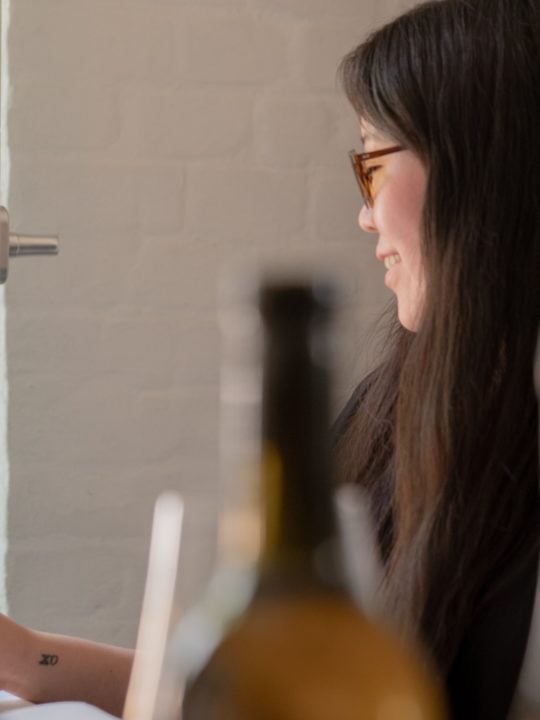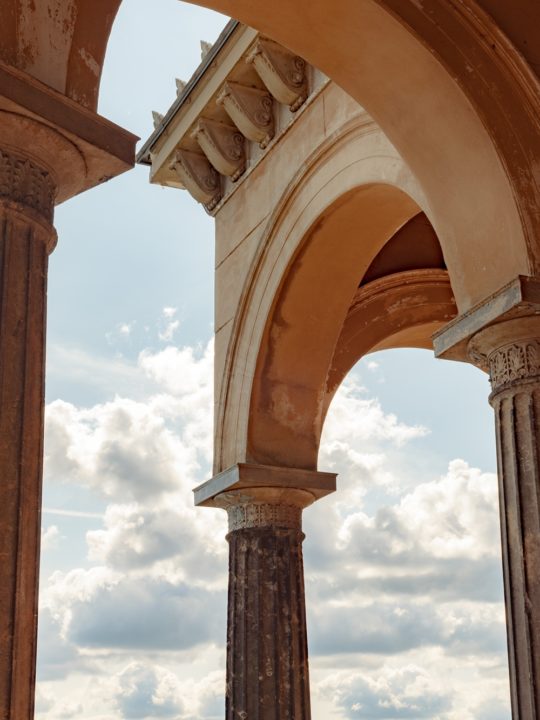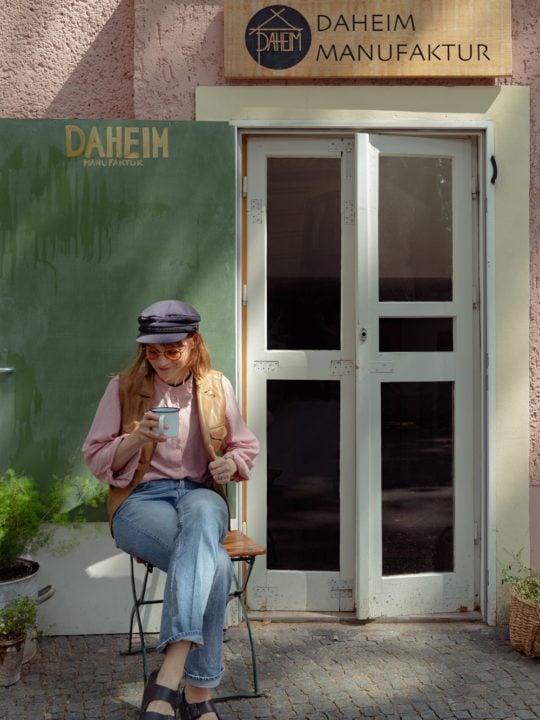THE GARDEN OF EARTHLY DELIGHTS
The exhibition, 'The Garden Of Earthly Delights' invites us to explore the many visions of the garden. Read our review here.
(LONGER READ)
A review.
Since the 26th July 2019 The Gropius Bau in Berlin invites us to explore the many visions of the garden. The exhibition Garden of Earthly Delights sees over 20 international artists, who deal with the topic in very different ways – from idyllic and utopian fantasies to political statements. We had a closer look.
Gardens have always been a great fascination. While some epochs tried to form nature after their ideas, others chose to give plants, trees and flowers the space to grow their own way. Today, gardens are one of the rare places, where we can find rest and come to new energy. They are a possibility to escape the city and our daily routine.
But there is much more behind the attraction of a garden.
From early childhood on we learn, gardens can also be adventurous places, special, mysterious, full of secrets, where anything can happen. Just think of “Alice in Wonderland“ by Lewis Carroll or “The Secret Garden“ by Frances Hodgson Burnett. Sometimes a garden can even feel dangerous, like a dark place, where the unknown sits behind the bushes.
The exhibition The Garden of Earthly Delights (German: Garten der irdischen Freuden) combines all, the paradisiacal and the catastrophic. Inspired from Hieronymus Bosch’s 15th-century triptych, Stephanie Rosenthal, the director of the Gropius Bau, and Clara Meister brought together 20 artists from all over the world to participate, among them Pipilotti Rist, Yayoi Kusama, Lungiswa Gqunta, Korakrit Arunanondchai, Hicham Berrada, John Cage, Nathalie Djurberg & Hans Berg, Taro Shinoda, Jumana Manna and Heather Phillipson.
The curators summarize the exhibition “a metaphor for the state of the world, in an exploration of the complexities of our chaotic and increasingly precarious present. In today’s era, defined by radical climate change and migratory flows, the garden can be seen as a place of paradise and exile, reflecting within its borders themes as pressing as the Anthropocene, seed politics, the legacies of colonialism and historical segregation.“ But the Garden of Earthly Delights also “features works that bring to life the sensual dimensions of gardens: immersive installations and video works show an intensive abundance of nature, but also the fragility of the paradise-like state.“ In other words: This exhibition wants to involve our minds and our senses. The presented works are technically as different as their view on the topic of the garden is. Videos, installations and sculptures, sound works, photographs and drawings open the wide range of contemporary art.
Of Paradisiacal and Dystopian. The Exhibition‘s Highlights
Rashid Johnson and Lungiswa Gqunta both examine the relationship of nature and culture and raise the question of black identity. In a steel framework Rashid Johnson arranges plants and objects made out of shea butter, recordings of Johnson’s earlier performances, and publications on the history of black communities in the US with each other. Some visible, some rather hidden. To discover the bigger picture it needs a closer look into this jungle of plants and things.
Meanwhile Lungiswa Gqunta chooses a more dystopian approach. Broken bottles arranged in a square create the idea of a grass field. What might look beautiful in the first place, is used in South Africa to keep trespassers – merely members of black communities – out of private gardens brutally. By attaching broken bottles to the fences around their gardens, people mark the difference between in and out, between rich and poor, and black and white. So, Gqunta’s garden becomes the opposition of the idyllic. A place that only belongs to a few. Excluding the rest.
New York-based and Bangkok-raised Korakrit Arunanondchai also chooses his heritage as a starting point. His room installation invites us to sit down for a moment. And while we do, the whole range of emotions floats through our bodies and minds. Two screens show the artist’s grandparents, their garden and scenes of a cataclysmic flood that devastated Arunanondchai’s homeland in 2011 in a mix of almost meditative and highly engaging images. Behind the screens an altar of flowers arises, whilst large-sized images on the walls tell of destruction and danger.
Three oversized white flowers stand in the white room of Yayoi Kusama‘s installation.
Everything is covered in colourful dots. As lovely this looks, for Yayoi Kusama repetition has always been a way to deal with her inner fears. And while we wander around, the room really seems to leave nothing but one question: What lies beyond time and space and what role do we humans play in all of this?
Opposite to this, Pipilotti Rist, video installation Homo Sapiens Sapiens (2005) invites us to just lose ourselves for a moment in a psychedelic almost paradisiacal dream – rich in colour and atmospheric sounds. We lay down on the floor. Meanwhile, our eyes follow two women on the screen, who not only sensuously explore the garden and its nature, but almost enter a state of symbioses.
The combination of juice and mud on human has never felt so mystical and calm.
And as we talk about the senses. Hicham Berrada inverts the rhythm of day and night to induces night-blooming jasmine to release its intense odour. A smell so calming and wonderful, that it seems tough to leave again.
In the end The Garden of Earthly Delights is an exploration of the topic of the garden and even more an exhibition that involves all of our senses.
It not only reminds of the beauty and relevance of nature, it most of all shows us, that to discover the secrets of the garden, we need to open our minds and hearts.
The Garden of Earthly Delights is open until 1st December 2019 at the Gropius Bau Berlin.
-
- Groupius Bau
- Niederkirchnerstraße 7
- 10963 Berlin
- –

